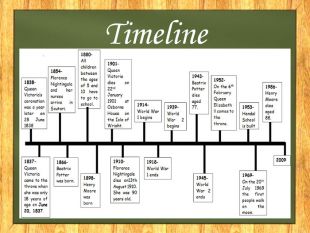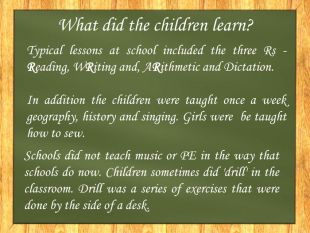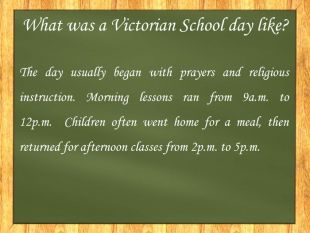Victorian School Days
Про матеріал
Презентація до уроку з англійської мови на тему: Школа в Англії в епоху Вікторіанства.Презентація розкриває історічний аспект епохи Вікторіанства. Перегляд файлу
Зміст слайдів
ppt
До підручника
Англійська мова (8-й рік навчання) 8 клас (Карпюк О.Д.)
Оцінка розробки


Безкоштовний сертифікат
про публікацію авторської розробки
про публікацію авторської розробки
Щоб отримати, додайте розробку
Додати розробку












































